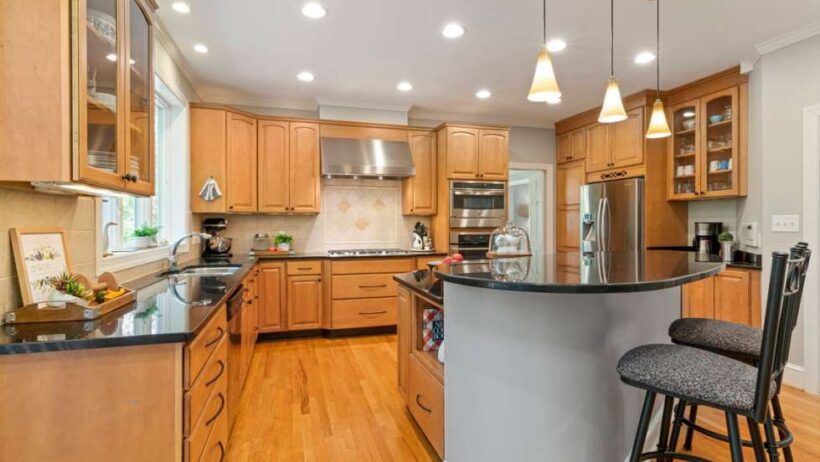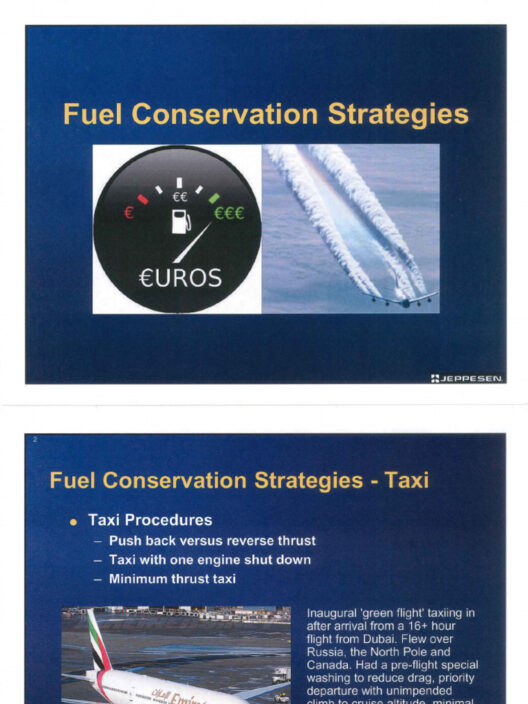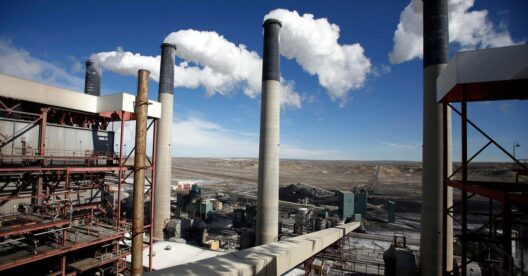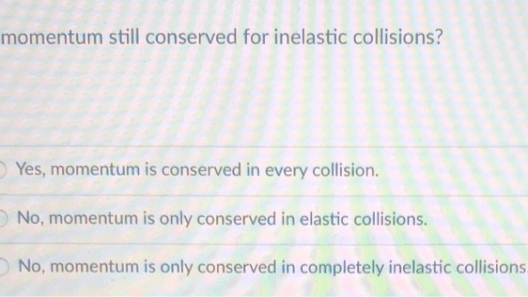In the grand symphony of domestic living, the kitchen plays a pivotal role, not only as the heart of nourishment but also as a crucible where energy consumption can spark monumental changes for the environment. To embody the ethos of conservation is to embrace the idea that each tiny action, when multiplied by millions, can crescendo into a powerful wave of efficiency. This exploration into energy conservation in the kitchen seeks to illuminate various practices that, together, compose a melodious balance between culinary creativity and environmental responsibility.
First, it is imperative to scrutinize the appliances that inhabit this culinary sanctuary. The appliances are akin to instrumentalists, each contributing to the overall harmony of energy usage. Investing in energy-efficient appliances can be likened to upgrading a violin to a finely tuned Stradivarius; the output is not only superior but also cheaper in the long run. Look for devices bearing the Energy Star label, as these appliances are designed to minimize power consumption while maximizing performance.
Moreover, the size of appliances relative to their tasks matters greatly. A gargantuan oven might seem appealing, yet, utilizing a smaller toaster oven or air fryer for less Herculean cooking tasks can significantly lower energy expenditure. Think of these smaller appliances as soloists in an orchestra; while they may not command the same spotlight, they can produce delightful results with far less energy strain.
Moving beyond the mechanical, let’s consider the elemental nature of heat in cooking. The art of harnessing heat proficiently—like a maestro guiding musicians—can lead to substantial energy savings. Utilizing lids on pots and pans while boiling water, or turning off the burners a few minutes before food is fully cooked to allow residual heat to finish the job, exemplifies how savvy cooking techniques can lead to reduced energy usage. Each simmer, boil, and sauté becomes a deliberate action gracefully choreographed to conserve power.
Furthermore, practicing batch cooking epitomizes the alchemy of efficiency. Imagine preparing several meals at once, transforming an energy-consuming endeavor into a singular, impactful performance. Cooking in larger quantities and refrigerating or freezing surplus portions can mitigate the repeated use of energy for separate meals throughout the week. This method not only cuts down energy costs but also mitigates the frenetic hustle of meal preparation during busier days.
Storage also plays a crucial role in energy consumption. The refrigerator can be likened to a vault for your culinary treasures, but if poorly organized, it can become an energy-sapping labyrinth. Keeping the fridge at an optimal temperature of 37°F and the freezer at 0°F ensures that food remains preserved while avoiding unnecessary energy drain. Checking seals regularly prevents cold air from escaping—a seamless tightness akin to a well-fitted orchestra—ensuring that temperatures remain stable without demanding excessive energy input.
Additionally, defrosting food in the refrigerator rather than using a microwave or faucet enhances energy efficiency. By allowing food to thaw naturally, the fridge will leverage its internal temperature regulation and create a more energy-friendly environment, allowing you to accomplish two tasks simultaneously.
Moreover, the advent of cooking methods that employ water, such as sous vide, offers innovative avenues for energy conservation. This technique utilizes precision temperature control to cook foods slowly in a water bath, maximizing flavor and tenderness while minimizing energy consumption. It’s akin to mastering a new instrument, unlocking a world of culinary potential without straining your energy resources.
Lighting deserves its own spotlight in the kitchen’s energy usage narrative. Traditional incandescent bulbs may cast a warm glow, but their insatiable thirst for power fails to justify their charm. Swapping them out for LED bulbs can revolutionize not only your energy bill but also the atmosphere of your kitchen. These bulbs offer the luxurious promise of brightness without draining your resources. And remember to harness natural light; opening curtains during the day allows the sun’s radiant energy to illuminate the space, reducing the need for artificial lighting altogether.
Ventilation, often an overlooked aspect of kitchen energy consumption, contributes significantly to energy efficiency. Utilizing exhaust fans judiciously can help manage heat and humidity, thus optimizing indoor thermal comfort. Yet, such fans should be used sparingly; running them only when necessary prevents unnecessary energy drain while maintaining a balanced atmosphere.
Lastly, implementing mindful habits, such as turning off unused appliances and thoroughly planning meal ingredients before cooking, creates a culture of awareness around energy consumption. Consider it akin to the diligent practice of a musician, preparing and nurturing every aspect of their performance to ensure that no note—nor watt—is wasted. Small daily choices accumulate to form a symphony of conservation, impactful and resonant.
In conclusion, the kitchen, a realm where the mundane meets the extraordinary, offers myriad opportunities for energy conservation. By weaving together practices such as utilizing energy-efficient appliances, perfecting cooking techniques, batch cooking, maintaining optimal storage conditions, employing innovative methods, introducing efficient lighting, managing ventilation, and cultivating mindful habits, one can engage in a graceful choreography of culinary creation. Each step taken toward energy conservation is not merely a contribution to cost savings; it’s a commitment to a more sustainable world and a lasting gift to future generations.








